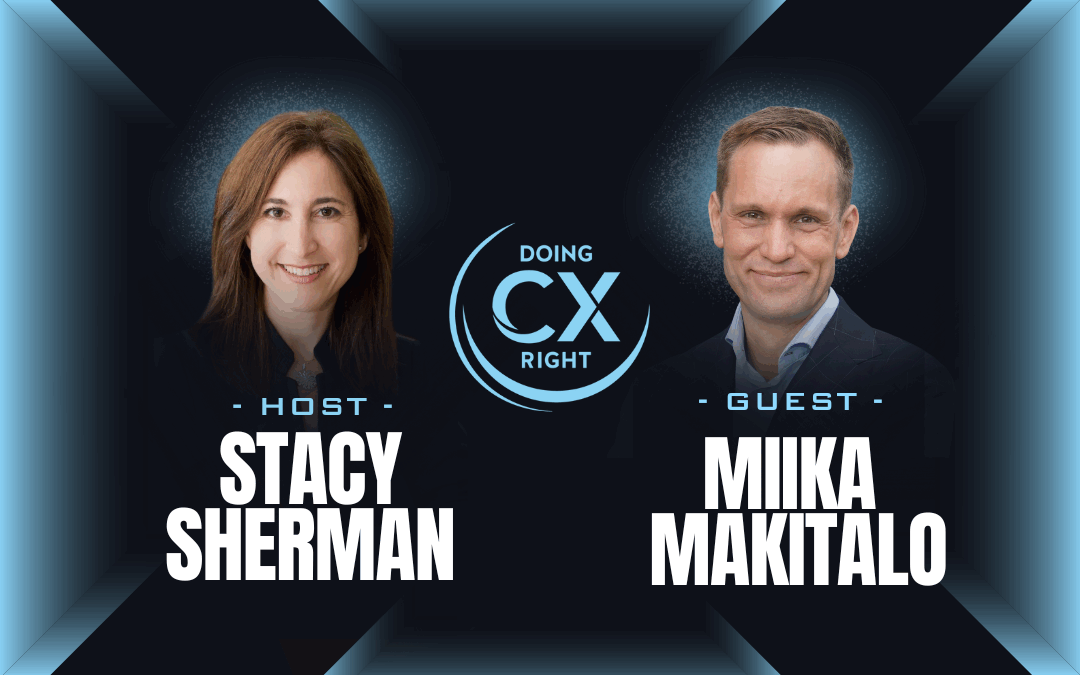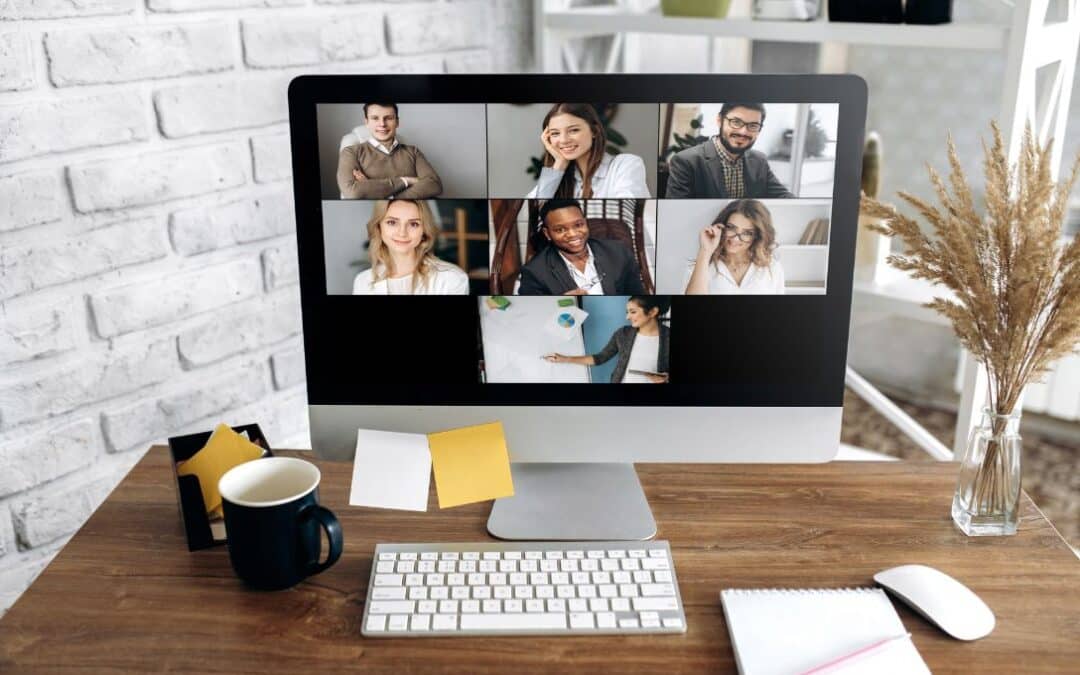
CEO Who Proves Customer Feedback Is A Growth Strategy Leaders Overlook
Asking for customer feedback is easy. Acting on it is rare. Here’s why the follow-through separates thriving brands from forgettable ones.
Have you ever pressed one of those green or red smiley buttons in an airport, a store, or even a restroom and wondered if anyone actually looks at the customer feedback?
In this episode of Doing CX Right®, Stacy Sherman speaks to Miika Mäkitalo, CEO of HappyOrNot, the company behind those little customer feedback buttons found in airports and retail locations around the world. Together, they explore what millions of quick taps reveal about how customers really feel and what most companies miss after collecting the data.
What if the frustration at a self-checkout, an empty shelf, or a dirty bathroom was worth millions in lost loyalty?
What if the real problem isn’t feedback fatigue, but leadership inaction?
And what happens when teams are rewarded for listening instead of guessing?
It’s a conversation that might change the way you think about every small moment a customer decides whether to come back, refer or not!
Customer Experience and Tech Topics Discussed:
- Measure, analyze, and act as an ongoing process.
- Why satisfaction scores alone do not guarantee repeat business.
- Survey fatigue and the need for fast, frictionless feedback.
- How self-checkout kiosks and other tech can create new customer problems.
- The role of AI in speeding analysis while keeping human judgment in the loop.
Actionable Customer Experience Takeaways:
- Tie CX Metrics to Bonuses: Connect employee bonuses directly to customer experience scores to ensure the entire organization is accountable for results.
- Analyze Data by Location: Instead of looking at company-wide averages, analyze feedback for each individual store or location to find and fix specific operational issues.
- Act Quickly on customer Insights: When feedback points to a problem, address it immediately. A six-month delay in action can result in the loss of millions in potential revenue.
- Make Feedback Frictionless: Use quick, simple feedback methods that take 30 seconds or less to complete. This increases response rates and provides a more accurate picture of customer sentiment.
Leadership Advice:
The future of customer experience will be defined by three key areas:
- Balancing Technology and People: Companies must carefully evaluate how new technology impacts the human experience to avoid creating friction that drives customers away.
- Integrating AI: Artificial intelligence will become essential for processing large volumes of customer feedback to identify patterns and make better business decisions.
- Ending CX Silos: To be successful, customer experience cannot be a separate department. It must be integrated into the core of the business strategy and influence all operations.
Final Thoughts:
The most important takeaway is to act with confidence. When you have the data and the insights, you must “be brave, be bold and do it.” Stop hesitating and start implementing the changes your customers are asking for, because that is where real growth happens.
Watch the episode to learn specific steps you can apply this week to close the feedback loop, reduce customer friction, and measure the impact on loyalty and revenue.
Press Play To WATCH On Youtube
About Miika Mäkitalo:
Miika is the CEO of HappyOrNot, the customer and employee feedback company famous for its smiley-button terminals positioned across the U.S. and in more than 4,000 airports, restaurants, stadiums and retail stores globally. Over the last 15 years, Mäkitalo has held several upper management roles and holds a PhD in industrial engineering and management. Connect with Miika on LinkedIn and website.
About Stacy Sherman:
Stacy Sherman is a professional speaker, advisor, and founder of Doing CX Right® consultancy, helping companies build unbreakable loyalty across customers, employees, and partners for lasting retention and growth. With 25 years at top companies, a Marketing MBA, and certifications in Journey Mapping and UX, she provides a proven, research-backed framework that drives real business impact. A trusted, award-winning CX leader, Stacy is recognized as a Top Global CX Guru and ICMI Top 25 Influencer (2021-2025). She continues to shape the future of CX through LinkedIn Learning courses, workshops, best-selling books, and her award-winning podcast, equipping professionals with the strategies to deliver measurable results, competitive advantage, and enriched experiences.









